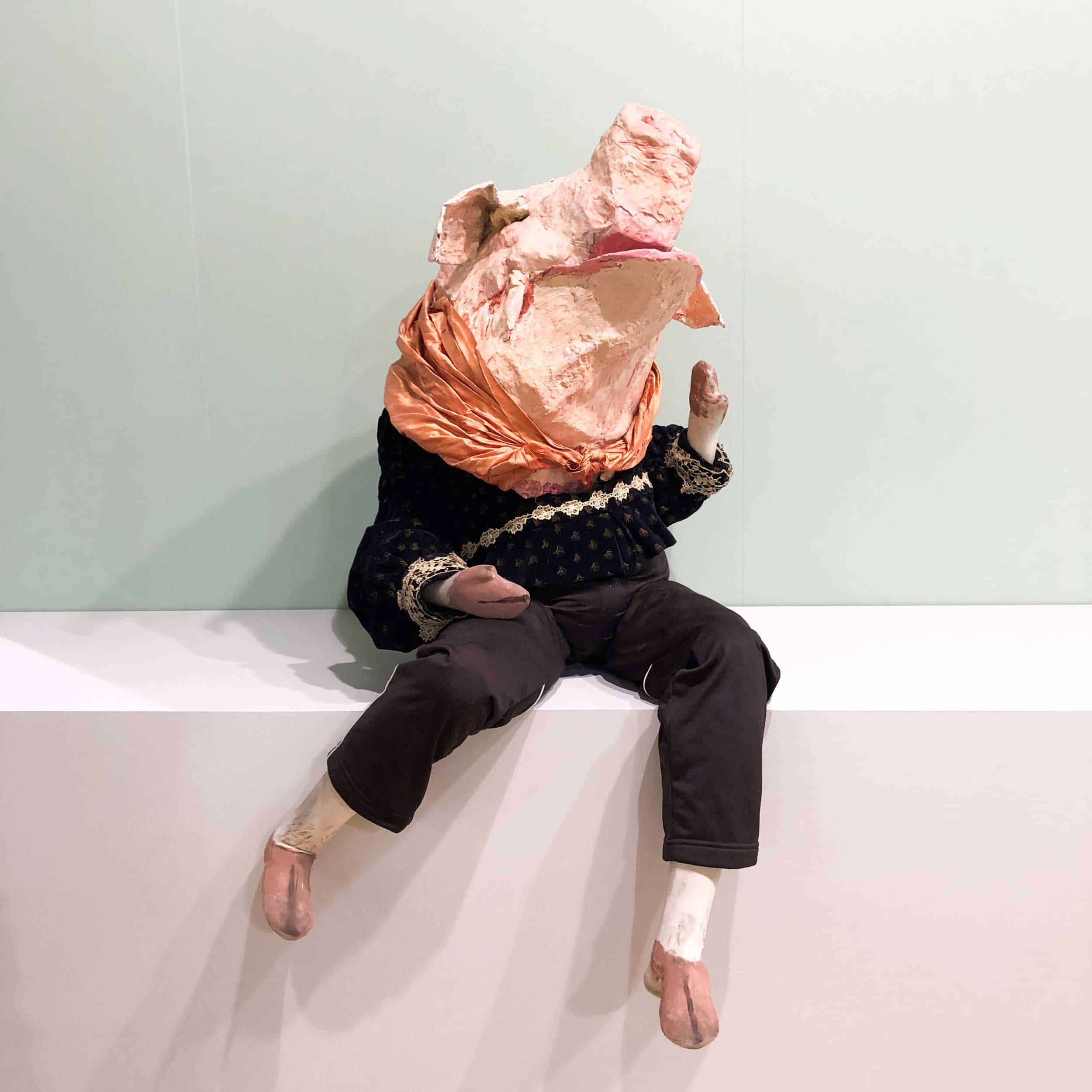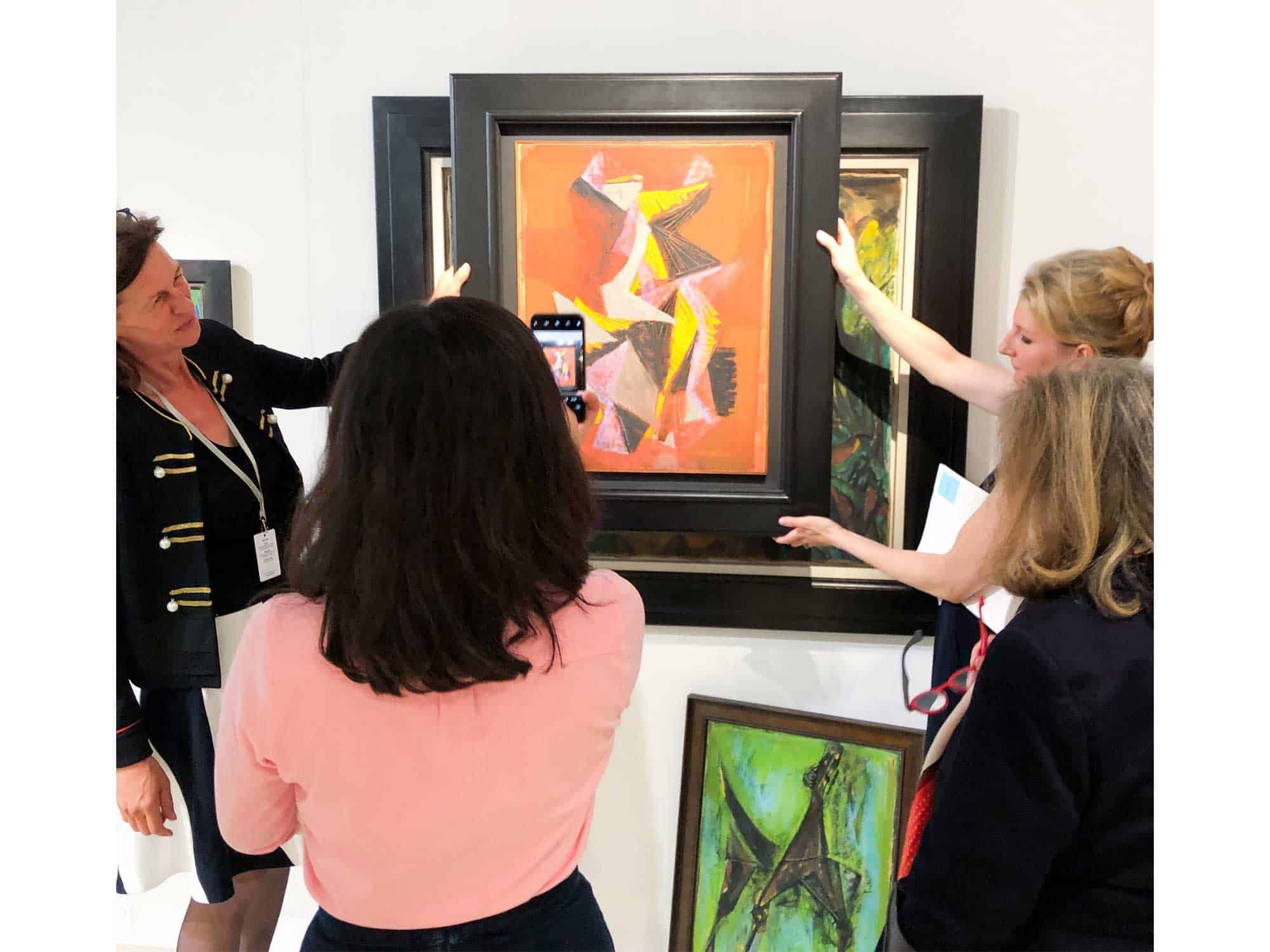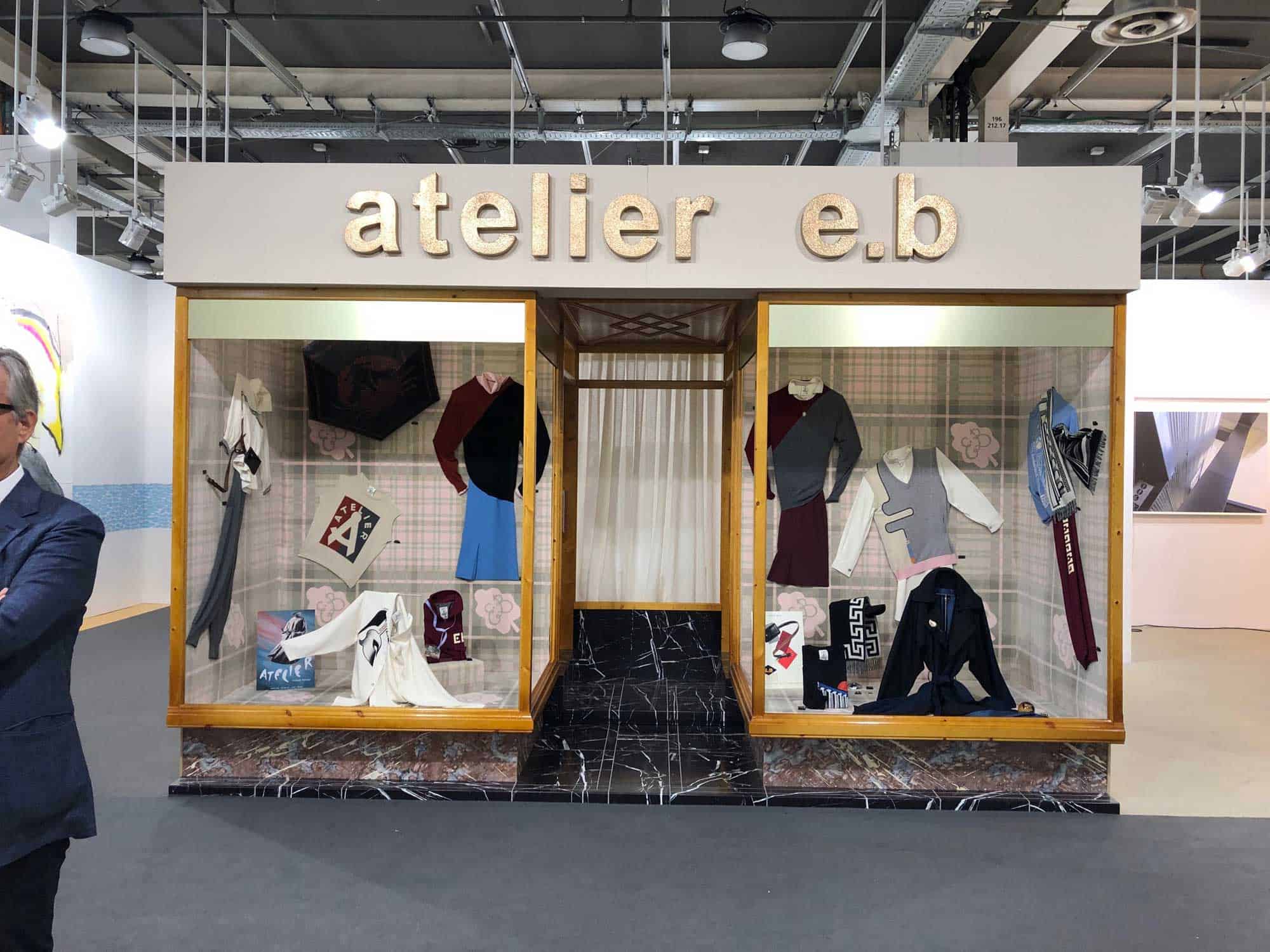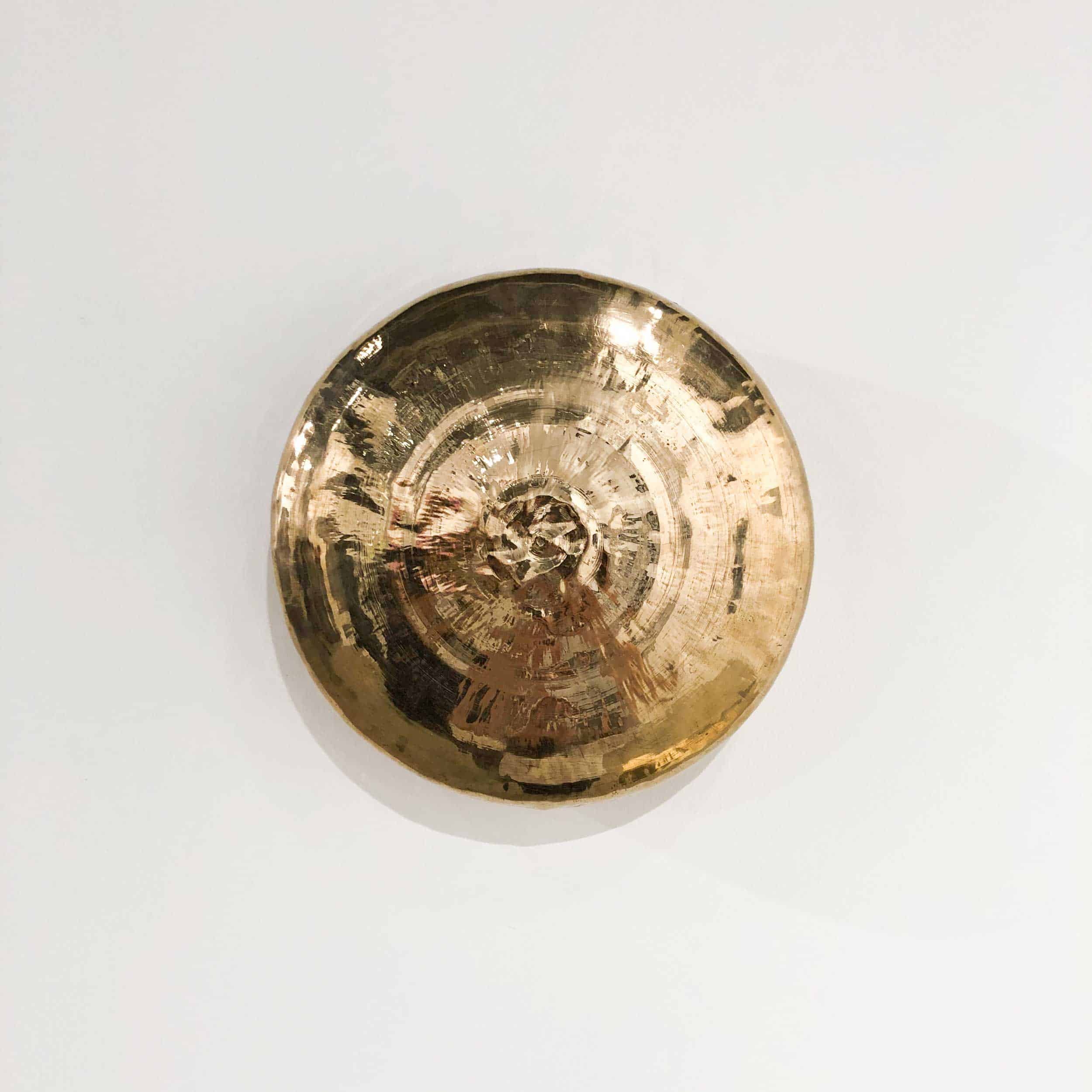
Those of you who at least once were at the Art Basel fair know this feeling, when watching the works in the same moment we feel admiration for quality because almost every stand is a presentation of outstanding works that in regular term we can see at some museum, but on the other hand we can almost touch a commercial character of the event. Employees at the stands are very often from sales department. The gallerists not so willingly talk about the works. Of course they can give a price and add 3 words when we show a further interest, and our faces will not show astonishment after hearing the price (after all, in the total price not only the price of the work itself is hidden but also costs of arrival to the fair, stands, technical service and expensive evening dinners). If we want to learn more about the artist’s creativity or ask about the possibility of conducting an interview with him, we usually hear that this is not the right department and they will pass your question to another person (Read: you will never receive the answer).
Paradoxically, when it comes to contact with such outstanding works, only the “product” aspect counts here – these are luxurious interior design products.
This year’s fair in Basel does not differ from previous editions. What is interesting is the unintentional autothematism/self-reference that emerges after seeing works at the fair. The issue of consumption appears a lot.

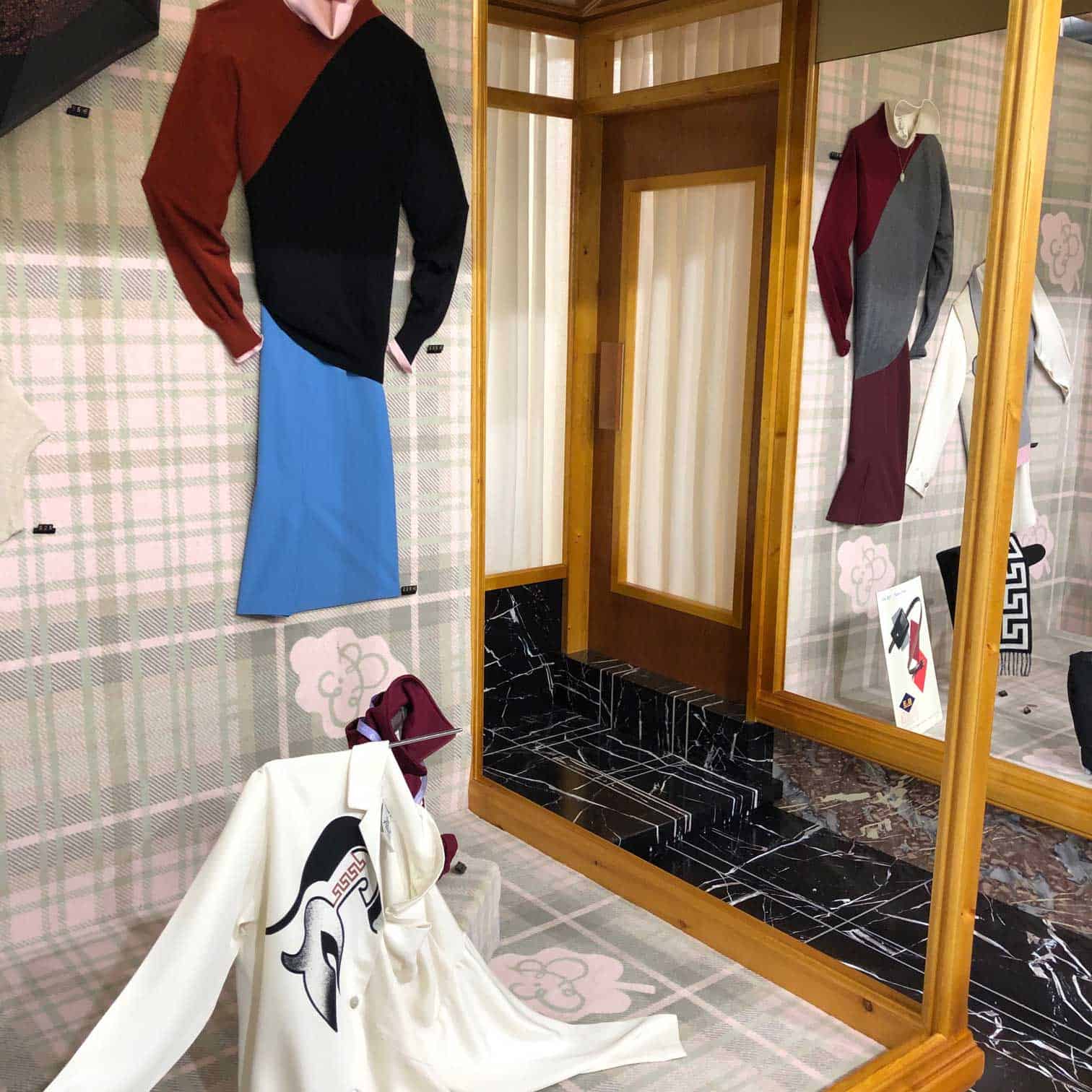
Consumption of money, consumption of goods and, finally, consumption in its basic meaning: absorption of food products. Bottles of beer, works showing a jar of Helmantz mayonnaise, tomato and other vegetables, paintings painted on the basis of fashion magazines. Of course, among the works presented at the stands pop-art icons could not be missing. Thus, both Andy Warhol and Tom Wesselmann are ubiquitous. This emphasizes the return to pop-art language and style. So, does the history go round again, after 70 years? Will we have a “consumer fever” taking over the world just after recovery from the financial crisis? Everyone at the fair would like to look stronger, and abundantly. Galleries that ware at the fair put the focus on big names, and on artists who this year take part in the Venice Biennale – hoping for an additional boost of interest by combining these two very important events in the person of the artist presented at the stand.
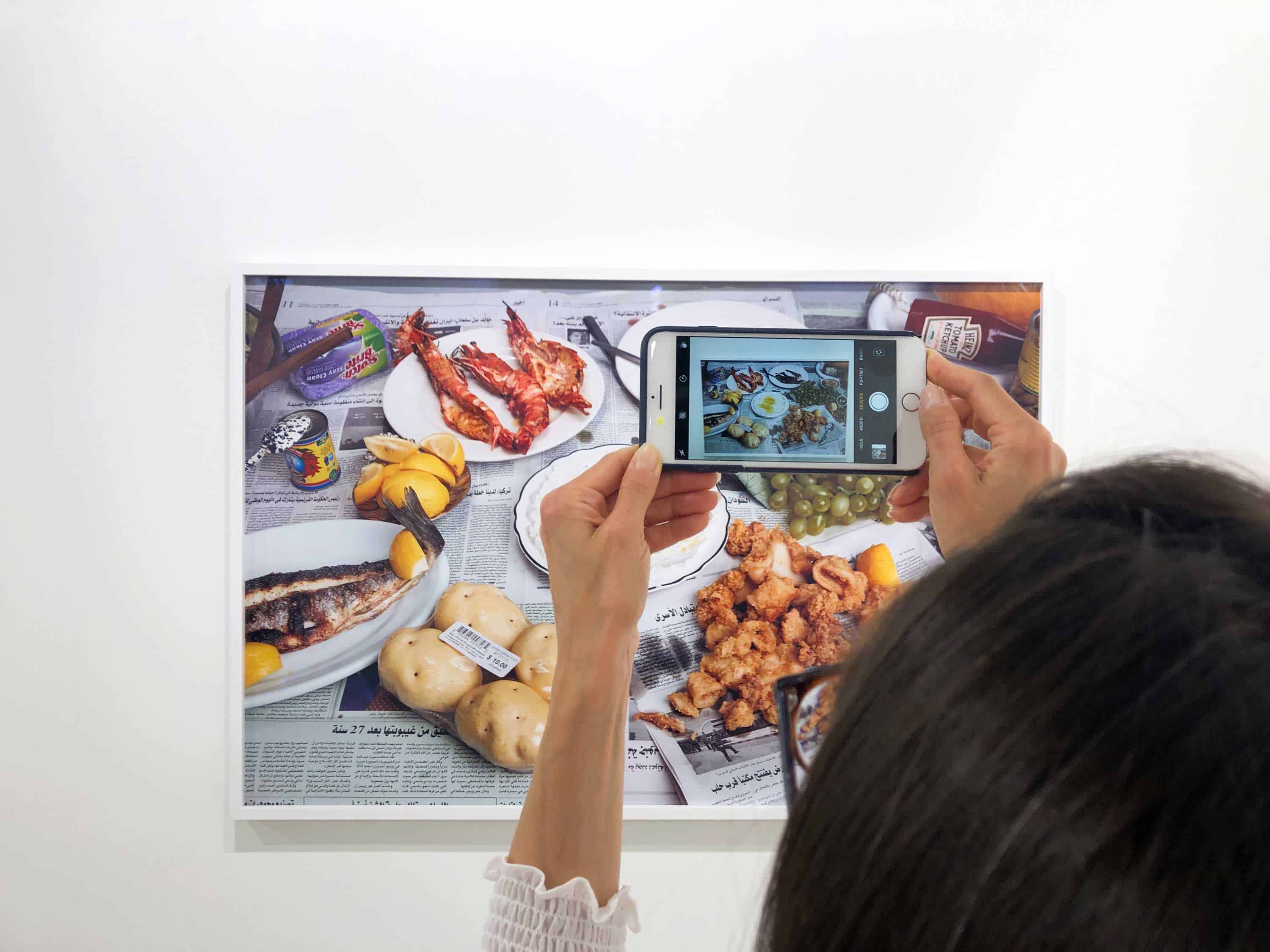

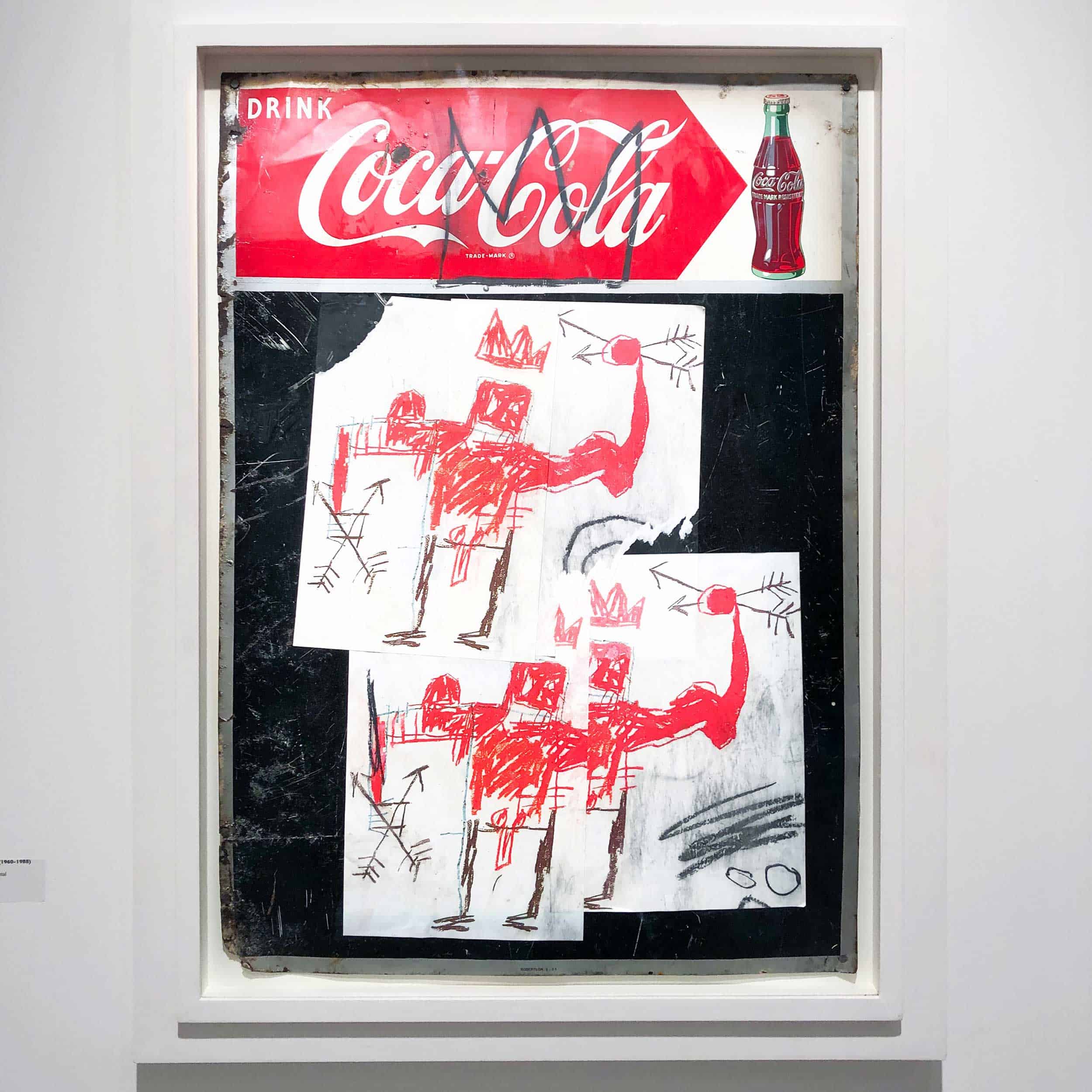

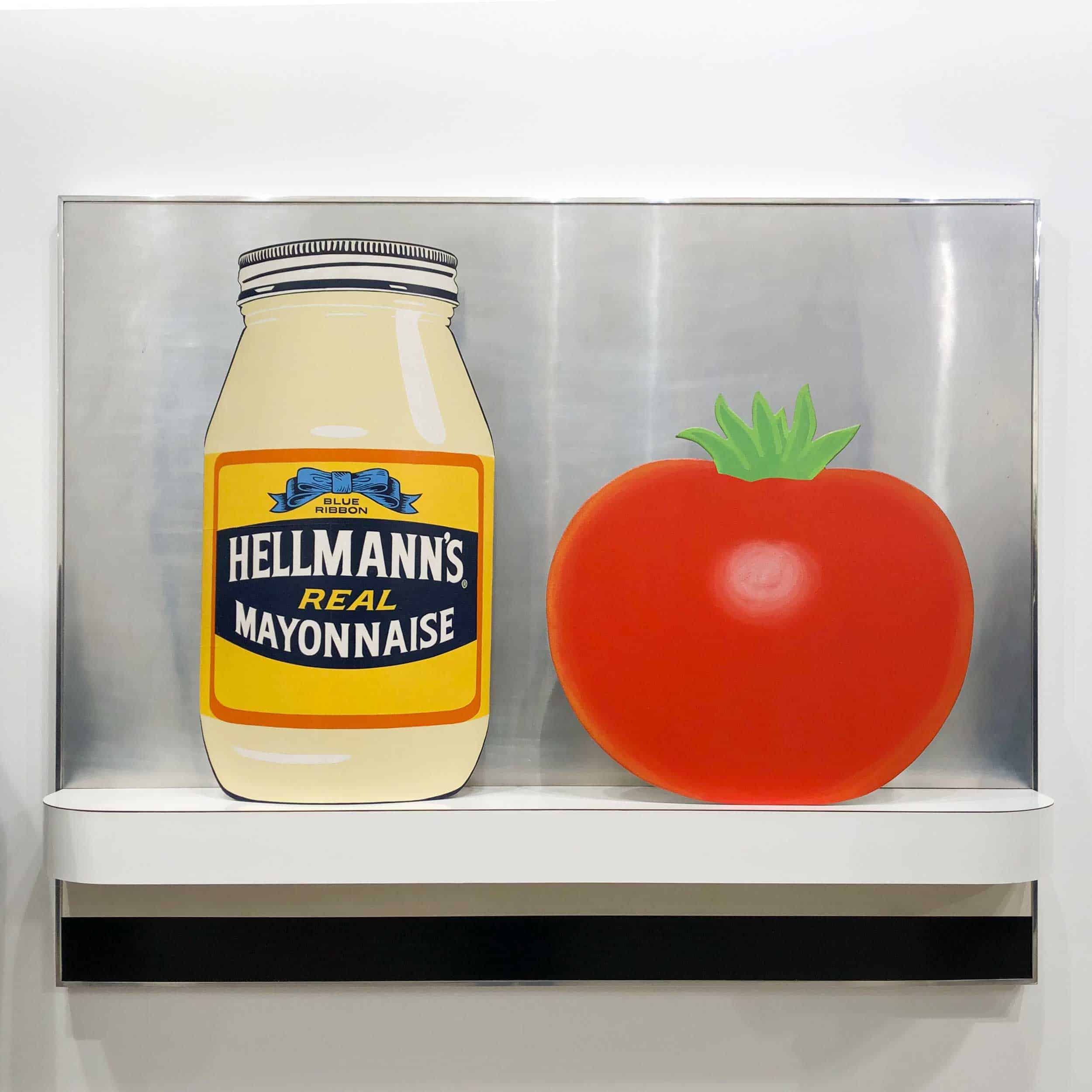

Is this attitude related to thundering populist slogans about strengthening the economies of individual countries through their radicalization policy, GDP growth, focus on the consumption of national products to further support the internal economy?
Through the gesture of pop-art artists in the 50s and 60 s, the product of everyday use was exalted to the rank of artwork. He was a commentary to times and social behaviour. At the fair, an art work was brought again only to the role of a product – the illustration of tomato and a jar, an aesthetic object in the crowd of other products displayed on the shelves of stores. It is funny because many of these works are strictly a critique of this globalizing, consumption greed and putting everything on sale.
One of such works was Ryan Gander’s “Equivalent Economies and Equivalent Means”. The artist exhibited a fridge, and on its shelves, he put stones that he had collected on the beach next to his home. Everyone can now buy such a stone for only 9,999.99 Euro. In order for the value of the stone to be visualized from one of the compartments, a roll of 200 Euro banknotes with a total value of 10,000.00 Euro can be drawn. The sentimental and ephemeral value has been reduced to economic value. Everything is for sale.
Liz Magor “Being This” filled the entire 10-meter-long wall with boxes putted next to each other on shelfs with folded and ready to buy/sell second-hand clothes. Each of them has a mock-up sleeve or a glove pointing at clothing label (often very well known as Chloe or Miu Miu) so that what everyone can see it in the first sight. “Being This” promises the title of work. You are what you wear and what you consume. Whom would you like to become? By choosing a product, you put on a mask that will cover your true self and you will still be safe. Buy yourself a security, convenience. What matters is the label / a new brand that will create a safe space for you, and you become a new person for a few moments.
For some time now, I have been wondering why the mask becomes such an important motif in the work of artists of the younger generation. It seems to me that this is a symbol of this escape from the real world. It’s a result of the social demand for our stylized, plentiful, happy and ideal life, which we then announce on social media (where, after all, we are like these products on the store shelf – accompanied by an encouraging comment and our image that was improved by one of a million apps in order to stand out from the crowd, and be more attractive). Do we not want to be ourselves anymore? Is “what you have” question the only thing that counts? These are a few questions that remained in my mind after this year’s Art Basel fair.


